10 Things About Dogs We Still Believe
Every pet owner wants their dog to grow up healthy, active, and happy. And many owners do everything they can to achieve that. But there are a lot of misconceptions about communication, training, and dog care that many people believe.
5-Minute Crafts is going to tell you about the dog myths many people still believe.
Myth № 1: Dogs can only be fed meat.
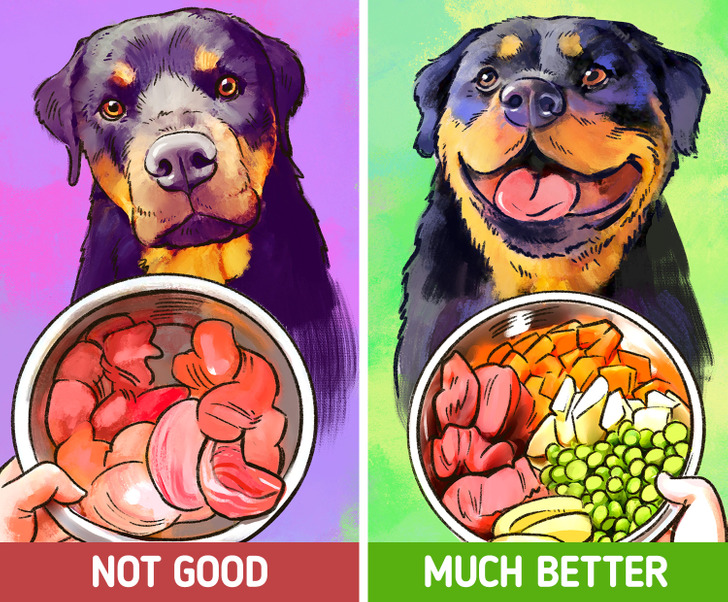
A balanced dog diet should include, not only meal, but also other foods, such as plant foods. Only then can the pet can get all the necessary nutrients. Feeding dogs with meat exclusively may cause a calcium deficiency and secondary hyperparathyroidism (a disruption in the endocrine system).
Myth № 2: If a dog is wagging its tail, it means it’s happy.
In fact, dogs wag their tails when they feel other things besides happiness. Tail wagging can communicate a wide spectrum of emotions, from happiness and agitation to irritation and anxiety.
Studies show that depending on the emotions, the positioning of the tail and the waving speed change. For example, a scared dog that feels guilty often holds their tail low, wagging it between their legs. And a vigilant or excited dog holds the tail high and wags it way faster than in other situations.
Myth № 3: Dog clothes are useless.
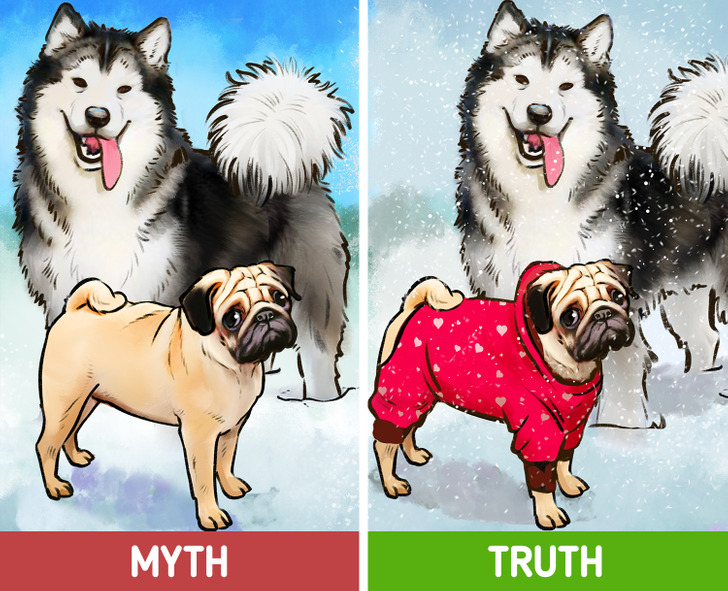
Of course, not all dogs need warm clothes. The northern types, like Alaskan Malamutes or Huskies that have warm fur, feel great when it’s cold. But some types of dogs need an additional layer when it’s freezing out. Small dogs, like chihuahuas, groomed dogs, those with short paws, and older ones, may feel cold in winter. Some clothes to protect them from the cold can’t hurt.
Myth № 4: A dog pees on the floor because it’s angry with you.
There are many reasons why dogs might pee at home and not outside, like the instinct to mark the territory, stress, and urinary incontinence (due to urinary tract infections, for example).
If you often find wet mats at home, you should see a vet to exclude any serious health issues.
Myth № 5: Dogs see the world in black and white.
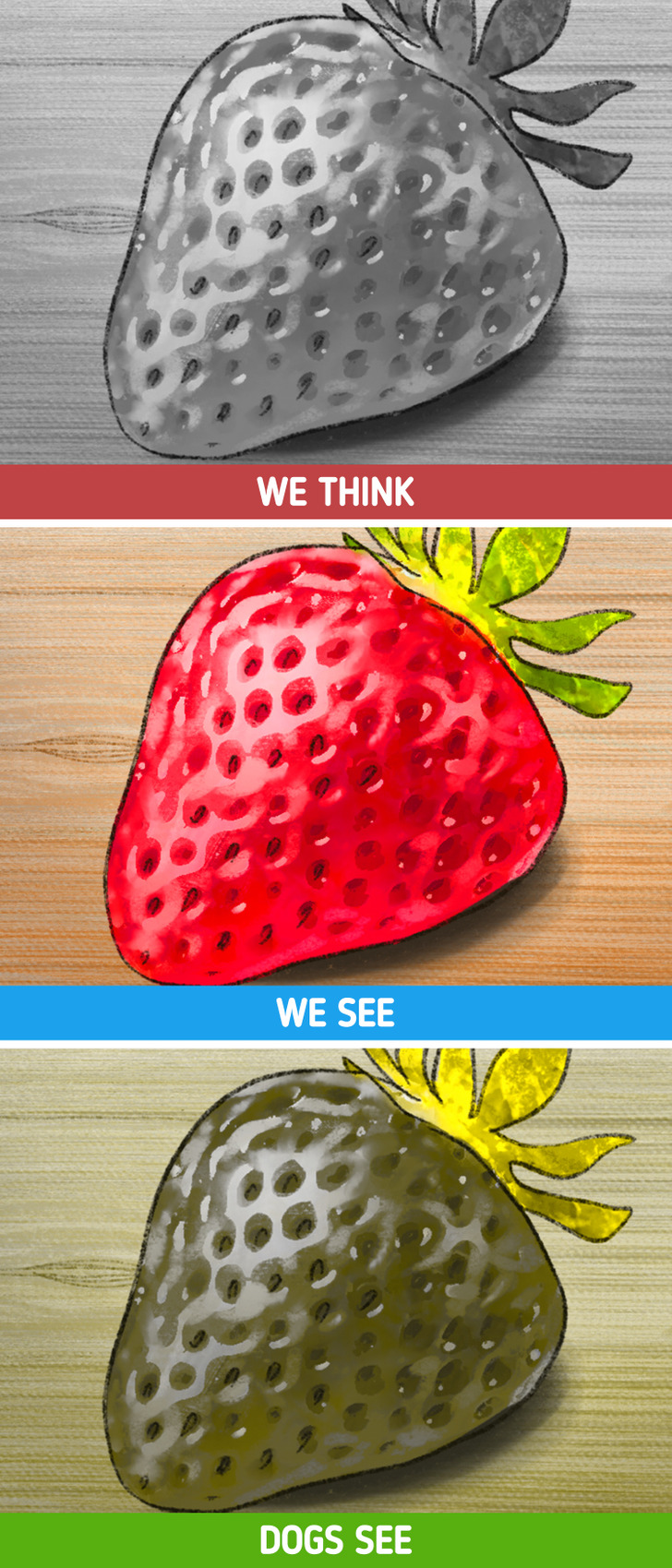
Even though dogs don’t see the world the way we do, they still see color. Their eyes are like those of people with red-green color blindness. So dogs see yellow and blue well but don’t see red and green.
Myth № 6: A dry nose means a dog is ill.
Temperature and nose moistness are not the main indicators of your dog’s health. The best way to know if a dog has a fever is to take its temperature. It should be between 100°F-102.5°F. Other symptoms of illness may be vomiting and diarrhea, sneezing, frequent urination, and low activity. A dry nose is not on this list.
Myth № 7: There are hypoallergenic dogs.
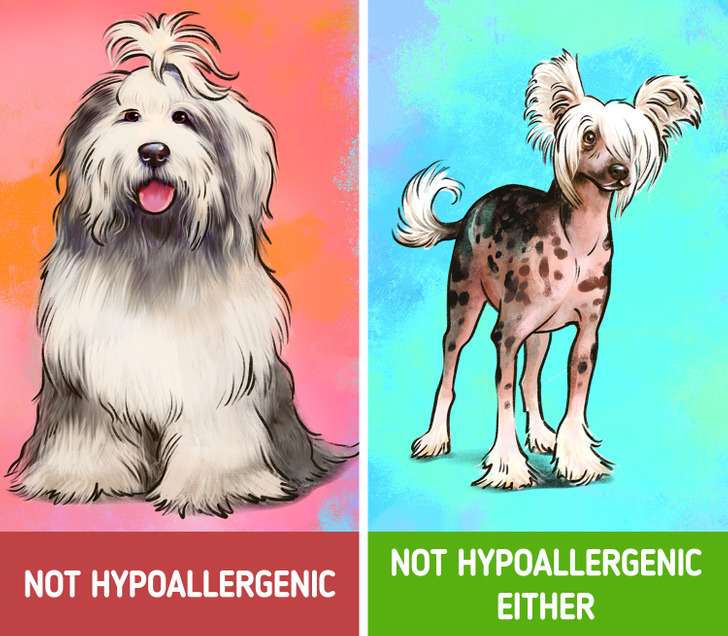
Unfortunately, there are no dogs that are truly hypoallergenic. There are some breeds that shed less fur or have less fur to begin with. A pet allergy is an allergic reaction to proteins found in an animal’s skin cells, saliva, or urine.
Myth № 8: Dogs don’t bite dog owners.
Many dog owners (and ordinary people) think that dogs only attack those they feel negative about. But studies show that it’s not entirely true. It’s been proven that dog owners report dog bites 3.3 times more often than those that don’t have dogs at all. But in more than 50% of cases, the dog owners were bitten by animals they didn’t know.
Dogs can bite their owners when they are unhappy or when they disagree with what the owner does, are trying to protect something valuable, feel scared or in danger, or are disappointed.
Myth № 9: It’s pointless to train an adult dog.
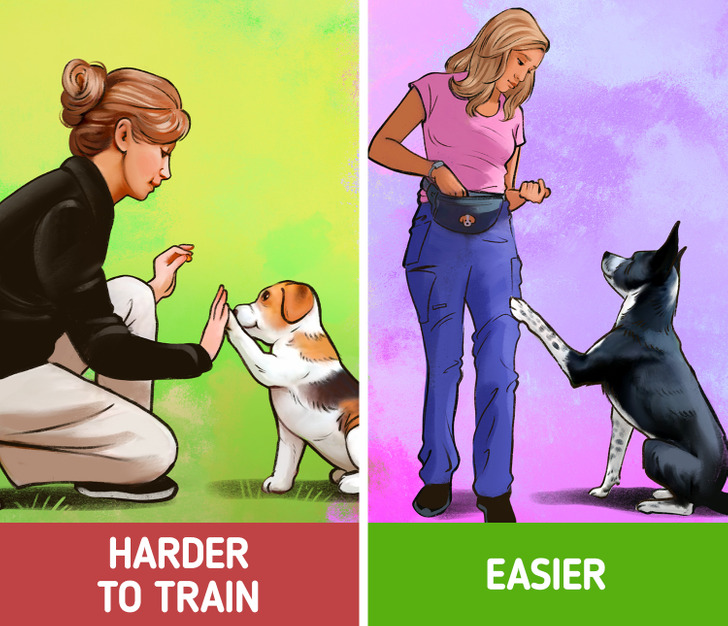
Many people think that only puppies can be well-trained. But it’s actually the other way around. Adult pets are easier to train — they control themselves better and hear your commands. And regular command training can maintain the sharpness of your dog’s mind.
Myth № 10: Dogs need to give birth at least once before they are spayed.
If you are not going to become a dog breeder, there’s no need to wait for the dog to give birth before you spay it. Spaying before the first heat cycle lowers the risk of breast cancer often found in unspayed females.